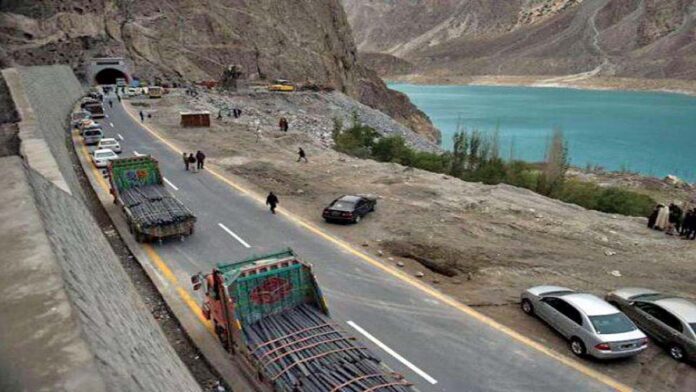BEIJING:
The China-Pakistan Economic Corridor (CPEC) phase-II is much broader in scope and focuses on relocation of industries, agriculture sector modernisation, cooperation in science and technology, job creation and socio-economic wellbeing of people, said Pakistan’s Ambassador to China Moinul Haque.
In an interview with the Global Times on Monday, the ambassador said that the two sides were making rapid progress on the development of Gwadar Port and Gwadar Free Trade Zone, which would promote regional connectivity and economic integration.
He termed it a matter of great satisfaction that despite the challenges posed by the Covid-19 pandemic over the past two years, cooperation under CPEC and work on all projects continued without any hindrance.
“The recently held 10th meeting of the Joint Cooperation Committee reviewed wide-ranging cooperation under the CPEC framework and identified more areas of cooperation,” he said.
“These include establishment of a joint working group on information technology and industry, which is expected to support high-quality development of CPEC as envisioned by the leadership of the two countries.”
Talking about the current status of CPEC, its construction work and energy shortage, the ambassador said that the megaproject marked a new phase in Pakistan-China relations by placing economic cooperation and connectivity at the centre of bilateral agenda.
As a flagship project of the Belt and Road Initiative (BRI), CPEC is aimed at enhancing connectivity and trade linkages between Pakistan, China and the rest of the region through a network of roads, rail, fibre optic cables, energy pipelines, industrial clusters and Special Economic Zones.
Ambassador Haque said that in its first phase, CPEC helped Pakistan develop major infrastructure projects and address essential energy needs.
Energy projects that have achieved completion include 1,320-megawatt coal-fired power plants in Sahiwal, Port Qasim, Karachi and Hub (Balochistan), 660MW Engro Thar coal power project and 1,000MW Quaid-e-Azam Solar Park in Bahawalpur (400MW project has been completed while 600MW project is under implementation).
Moreover, some smaller wind and solar energy projects have begun operations as well.
“The 878km-long Matiari-Lahore 660kV HVDC transmission line has also been completed, which has the capacity to transmit 4,000MW of electricity,” he added.
“CPEC has also upgraded Pakistan’s national and international highway network to provide more reliable connectivity between Pakistan and China across the Karakoram Range and has strengthened inland communication.”
Investment under CPEC has generated thousands of jobs, the envoy said.
Regarding the current level of third-party participation in the construction of CPEC, he said that since the megaproject was aimed at promoting regional integration and win-win cooperation, the two countries had agreed to welcome and encourage high-quality investments.

